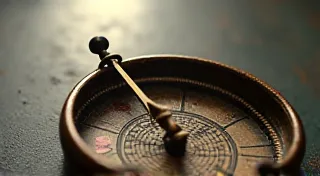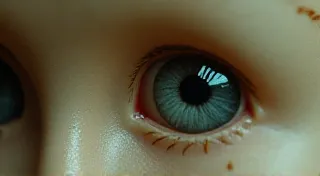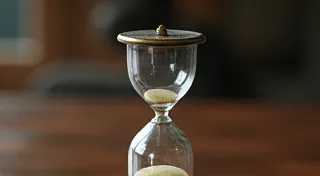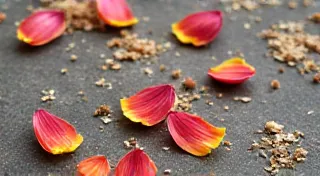The Silent Witnesses: Coin Purses and the Women Who Carried Them
There's a quiet intimacy in holding a vintage coin purse. It's more than just a small, often ornate container; it's a tangible link to a past life, a silent witness to untold stories. As collectors, we’re drawn to the craftsmanship, the design, the sheer artistry of these miniature treasures. But what truly elevates a coin purse from simply a lovely object to a cherished piece of history is imagining the woman who carried it, the lives she lived, the aspirations she held within her hands.
These weren’t mere accessories. They were practical necessities, yes, holding pennies and nickels, small bills, perhaps a cherished photograph or a lock of hair. But they also reflected personality, status, and a subtle form of self-expression. Think of the flapper girl of the 1920s, her beaded coin purse echoing the extravagance and newfound freedom of the era. Or the practical, hardworking woman of the 1940s, her sturdy, utilitarian coin purse a testament to resilience and determination. Each purse holds a whisper of a life.
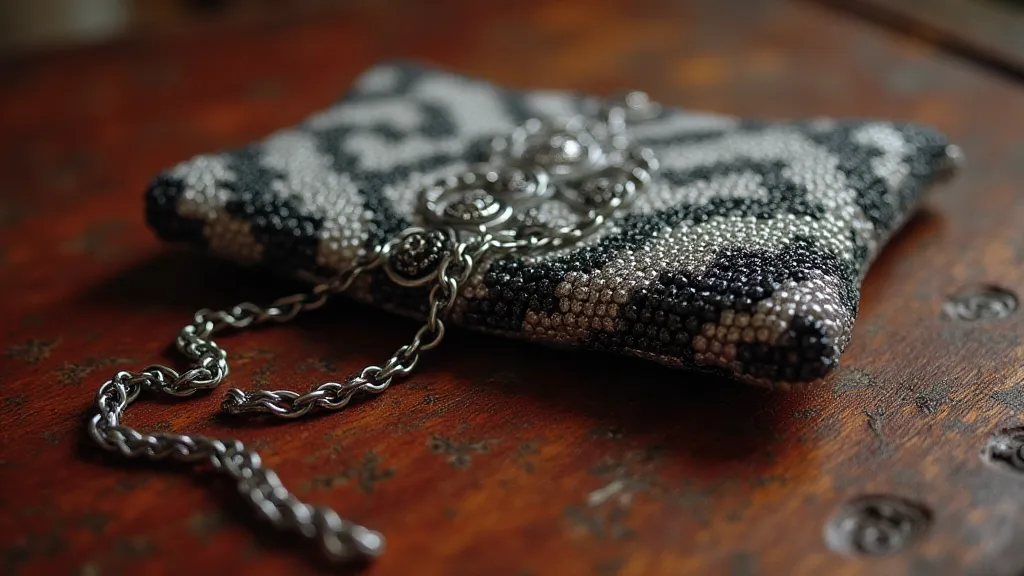
Craftsmanship and the Language of Design
The early 20th century witnessed a boom in coin purse design and production. The rise of mass production made these accessories more accessible, yet artisans continued to elevate them with remarkable detail. Early examples often featured elaborate beading, embroidery, and the incorporation of celluloid or Bakelite – materials that, in themselves, evoke a sense of nostalgia. Later, the post-war era saw the introduction of new materials like vinyl and nylon, leading to more durable and often playful designs. Understanding the transformation of these "base materials" into treasured possessions really underlines the ingenuity and artistry involved, and it’s something we explore further in The Alchemist’s Touch: Transforming Base Materials into Treasure.
Consider the subtle symbolism embedded in the designs. Floral motifs, prevalent in the Victorian era and continuing into the early 1900s, spoke of femininity and domesticity. Geometric patterns, so popular in the Art Deco period, reflected a fascination with modernity and industrial progress. Animal motifs – a playful kitten, a proud lion – were often chosen to reflect personal qualities or aspirations. A young woman carrying a coin purse with a fox might have been subtly asserting her cleverness and charm.
The materials themselves tell a story. The feel of worn leather, the shimmer of iridescent celluloid, the satisfying click of a metal clasp – these tactile sensations connect us to the past. Many early coin purses were meticulously handcrafted, showcasing the skill and patience of the artisan. This contrasts with later, more mass-produced items, making the older, handmade purses all the more valuable – not just monetarily, but as embodiments of a disappearing craft. Tracing the "lost threads of style" that have influenced these small purses is a fascinating journey through fashion history, a journey we detail in Lost Threads of Style: Tracing the Lineage of a Pocket's Grace.
Imagining the Owners
It’s a collector’s indulgence, but one that deepens the appreciation for these small objects. Imagine a young woman named Elsie, working as a shop girl in the 1910s. Her coin purse, a simple but elegant fabric pouch, held the few coins she’s earned after a long day’s work. She dreams of opening her own bakery, of creating delicious treats that will bring joy to others. The small photograph tucked inside—a handsome young man in a soldier’s uniform—reminds her of the promise of a future together.
Or picture a vibrant flapper, Clara, dancing the Charleston in a smoky speakeasy. Her beaded coin purse, a dazzling reflection of the Jazz Age, is a symbol of her newfound freedom and independence. The small, folded note inside contains lyrics to a popular song, a secret message to a forbidden romance.

These aren’t just flights of fancy. Genealogical records, old photographs, and even the subtle wear patterns on a coin purse can offer glimpses into the lives of those who once owned them. A scuffed corner might suggest a bustling commute; a faint perfume scent could hint at a particular era and social standing. The marks of time are not blemishes but testaments to a life lived. Often, piecing together these fragments of history requires careful "ledger of lives" – tracing ownership and circumstances—a painstaking process we appreciate deeply.
Restoration and Responsible Collecting
As with any antique, responsible collecting and gentle restoration are key to preserving these treasures for future generations. Harsh cleaning methods can damage delicate materials, and excessive repair work can diminish authenticity. The goal should be preservation, not perfection. A small mend on a beading, a careful cleaning of a leather surface – these can be done without compromising the character of the purse.
Many collectors prefer to leave minor flaws intact, viewing them as part of the object's history. A faded color, a missing bead – these imperfections tell a story. They are reminders that this was once a cherished possession, used and loved. If significant repairs are necessary, it’s often best to seek the advice of a professional conservator who specializes in textile or leather restoration.
The ethical collector also considers the provenance of their acquisitions. Knowing the history of a coin purse – where it came from, who owned it – adds another layer of appreciation and contributes to a broader understanding of its significance. Supporting reputable dealers and auction houses is vital for ensuring authenticity and ethical sourcing. The subtle details etched onto these pieces, from the wear patterns to the material choices, are often revealing about their history and the individuals who carried them. Examining these details can be part of building a detailed "ledger of lives" for these charming keepsakes.
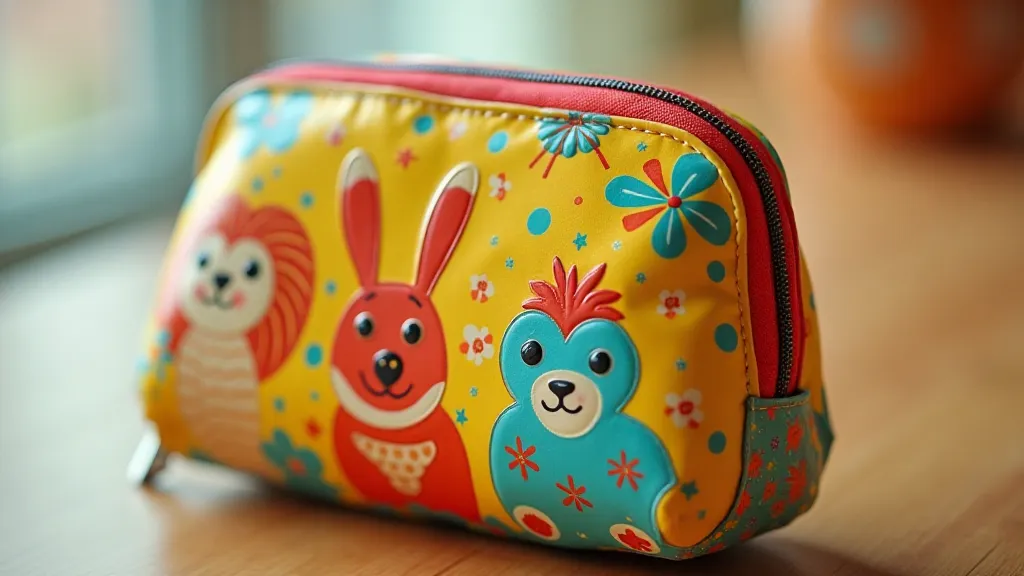
A Connection Across Time
Collecting vintage coin purses isn’t just about accumulating beautiful objects. It’s about connecting with the past, about honoring the women who lived and worked and dreamed within a different era. Each coin purse is a tiny portal, offering a glimpse into a world that is both familiar and profoundly different. By appreciating the artistry, understanding the history, and imagining the stories behind these silent witnesses, we keep their memories alive and ensure that their legacy continues to inspire.
The impact of social and economic changes on the design and function of coin purses is a rich area of study. For example, the move towards mass production in the early 20th century made these accessories more accessible to a wider range of women, while later innovations in materials like vinyl and nylon reflected changing consumer preferences and lifestyles. Examining these trends requires understanding the "currency of nostalgia"—the powerful emotions and memories that are associated with vintage objects.
Beyond their practical function, these coin purses also served as expressions of personal style and social status. Elaborate beading and intricate embroidery often adorned purses owned by wealthy women, while more utilitarian designs were common among working-class individuals. Understanding these nuances allows us to appreciate the social context in which these objects were created and used.
Furthermore, the stories behind these coin purses can offer valuable insights into the lives of women in different eras. Imagine a young woman in the 1920s, carrying a beaded coin purse as she dances the Charleston in a smoky speakeasy. Or picture a working-class woman in the 1940s, carefully saving her pennies in a sturdy, utilitarian purse as she dreams of a better future for her family. These stories remind us that even the smallest objects can hold profound meaning and significance.
The study of vintage coin purses is an interdisciplinary endeavor that draws on fields such as history, fashion, art, and design. By combining these perspectives, we can gain a deeper appreciation for the cultural and artistic value of these unique artifacts. We also see the fascinating evolution of design choices that often reflect the "currency of nostalgia"—the powerful emotional connection that people have with objects from the past.
Ultimately, collecting vintage coin purses is about more than just accumulating beautiful objects. It’s about connecting with the past, about honoring the women who lived and worked and dreamed within a different era. Each coin purse is a tiny portal, offering a glimpse into a world that is both familiar and profoundly different. By appreciating the artistry, understanding the history, and imagining the stories behind these silent witnesses, we keep their memories alive and ensure that their legacy continues to inspire.
The next time you hold a vintage coin purse, take a moment to consider the woman who carried it before you. What were her hopes? What were her fears? What was her story? You might be surprised at the connection you feel. The subtle beauty and enduring appeal of these miniature treasures continue to captivate collectors and enthusiasts alike, offering a unique window into the lives and times of women from the past.
